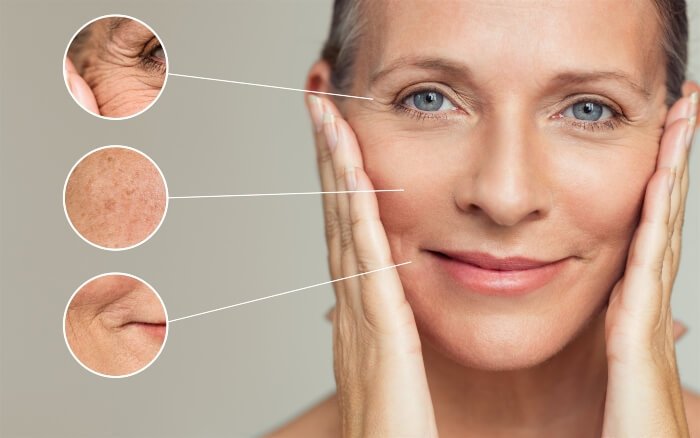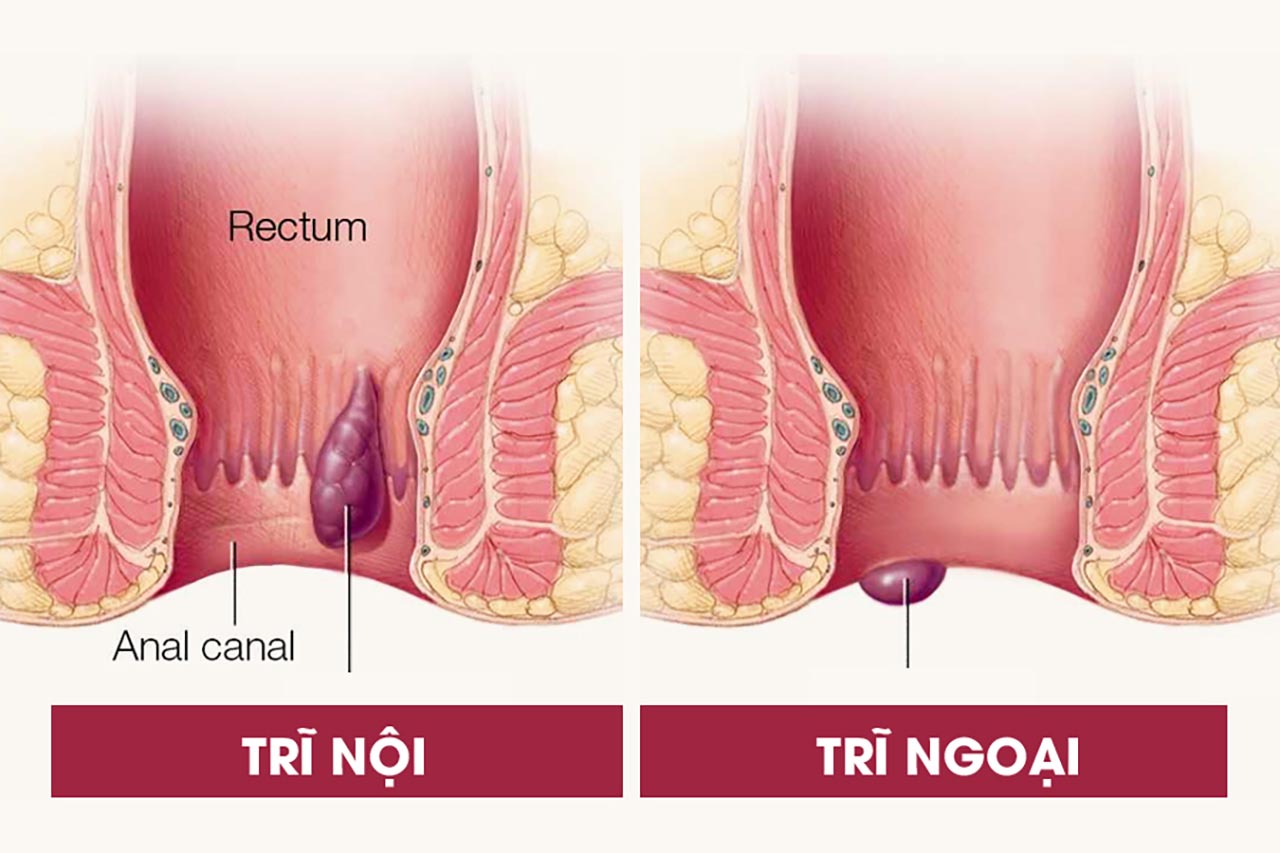By using nanometer-sized materials, devices, tools such as chemical nanoparticles, biological nano, nanorobots… the medical industry has been “extended hands” in accurate diagnosis, clear positioning, and specific drug treatment, at the right level of cells for many diseases, including difficult diseases such as cancer…
Nanotechnology Overview
Nanotechnology, nanotech, is a technology for processing and manipulating small objects at the molecular, supramolecular and atomic levels with sizes only from 1 to 100 nanometers.
Nanotechnology is very broad, encompassing scientific fields as diverse as surface physics, organic chemistry, molecular biology, semiconductor physics, energy storage, microfabrication, and engineering. As a result, nanotechnology creates many new materials and devices with wide applications, such as in the field of nanomedicine, nanoelectronics, nanobioelectricity, nanoproducts consumption…
Nanotechnology in medicine
Nanotechnology in medicine, nanomedicine, nanomedicine, is the application of nanotechnology in the medical field for the prevention and treatment of diseases.
By using nanometer-sized materials, devices, tools such as chemical nanoparticles, biological nano, nanorobots… the medical industry has been “extended hands” more
Helps with quick and accurate diagnosis
Worcester Multi-Technology Institute uses antibodies mounted on carbon nanotube chips to detect cancer cells in the blood stream.
MIT develops a carbon nanotube probe embedded in a subcutaneous gel to monitor the amount of nitric oxide in the blood. This nitric oxide level is an indicator of infection.
The University of Michigan has developed a graphene oxide probe with anti-cancer antibodies that can fluorescence detect very small amounts of cancer cells that cannot be detected by conventional microscopy.
With the technique of using gold nanorods, it is possible to detect kidney damage very early. When kidney damage will produce foreign proteins, these proteins accumulate in the gold nanorods and change their color.
Locate the tumor
Early detection, localization and characterization of metastases is a major challenge in cancer diagnosis and treatment. Most current imaging methods fail to detect small cancerous lesions, due to anatomical and biological barriers. Intravenous injection of albumin coated with rare-earth nanomolecules (rare-earth-doped albumin-encapsulated nanoparticles) capable of emitting short-wave infrared SWIR helps detect metastatic cancer.
With a mouse model of human breast cancer, systemic SWIR allows the detection of very small lesions in the adrenal glands and bones that cannot be detected by MRI.
Creating new treatment techniques
Using nano tampons (nanosponges) have the ability to absorb and remove toxins in the blood stream. These nanosponges are polymeric nanoparticles coated with a surrounding red blood cell membrane, so that they move freely in the blood and attract toxins.
Using polyethylene glycol-hydrophilic carbon (PEG-HCC) nanoparticles to absorb free radicals to reduce brain damage after trauma, stroke.
Using a prism coated with carbon nanotubes (lens coated with carbon nanotubes) turns the laser into focused sound waves to destroy tumors or diseased tissues without damaging adjacent healthy tissues.
Study on using bismuth nanoparticle to increase radiation focus on tumor in radiation therapy.
In targeted heat therapy for breast cancer, antibodies against tumor proteins are attached to the nanotubes, causing the nanotubes to focus more on breast cancer and infrared rays will be Absorbent nanotubes burn tumors.
Getting drugs to their destination more accurately
An important application of nanotechnology in medicine is the use of nanoparticles to deliver drugs, heat, light or other substances to specific target cells, such as cancer cells, without reaching specific target cells. Affects surrounding cells.
The delivery of drugs with magnetic nanoparticles has been developing since the 1970s. Apothecaries have surrounded the magnetic nanoparticles with drugs and active ingredients and then used an external magnetic field to attract them to the right cells. cells and tissues to be treated.
There have been practical applications of using nanoparticles carrying anti-cancer chemicals, nanoparticles that slowly release drugs:
Wyss Institute uses nanoparticles to carry drugs through biological barriers such as blood vessels, tissues, etc.
Houston Institute for Technical Research uses disintegrating silicon nanoparticles in tumors to release drugs locally to kill cancer cells, gelatin nanoparticles deliver drugs right into brain lesions.
Massachusetts Institute of Technology MIT researchers are studying the use of nanovaccines more effectively and longer than conventional injections.
Currently, nanomedicine scientists are aggressively researching insulin nanocapsules, the main drug for diabetes treatment; nanoparticle taken orally can pass through the intestinal lining into the bloodstream; Nanoparticles contain enzymes that inhibit viral replication, etc.
Anti-infection
Silver nano is the first application of nanotechnology in life and medicine. Nano silver is an antibacterial agent for treating wounds, disinfecting medical instruments, manufacturing household and personal items such as water bottles, milk bottles, washing machines, socks, wipes, etc..
Nanoparticles contain nitric oxide gas, also used to disinfect wounds, abscesses .. like silver nano.
Currently, bandages on burns often contain antibiotic nanocapsules. The infection causes these nanocysts to open, releasing antibiotics that kill harmful bacteria. This allows for faster treatment of infections and reduces the number of complicated dressing changes for the patient.
University of Houston developed a famous technique for sterilizing medical instruments using gold nanoparticles and infrared rays.
The University of Colorado is working on using quantum dots to treat drug-resistant bacteria.
University of New South Wales (Australia) iron oxide nanoparticles (polymer coated iron oxide nanoparticles) for the treatment of chronic infections.
Edit Cells
Programmed nanorobots can go deep into repairing cellular diseases. These nanorobots work specifically as antibodies to the right organs and diseased cells to correct without affecting the surrounding healthy cells.
Something to discuss
The two biggest problems that medicine has to deal with are accurate diagnosis and effective treatment. Nanomedicine has helped doctors improve both:
+ Thanks to nanodiagnostic probe techniques, doctors can detect pathological changes very early, when the disease has just started. Nanomedicine as well as exploration to assess the location, severity of the disease is very accurate to the “nano” level.
+ Thanks to early and accurate assessment and positioning, patients are often treated early, within the “golden period”, so the reward results are very positive. With the nano-method, specific drugs are delivered to the “place”, so they do not harm the surrounding cells, tissues and organs while saving special drugs.
With only nano silver, dishes, bottles, toothbrushes…, we can control diarrhea, which is a common disease in children under 3 years old. We have the right to hope that nanomedical technology will bring even more miraculous benefits to protect health and improve quality of life.
















